Agriculture [CLOSED]
![Agriculture [CLOSED]](/content/images/size/w1200/2024/09/WhatsApp-Image-2024-08-29-at-4.43.20-PM.jpeg)
India is one of the world's top agricultural producers, with the second largest arable land area and the largest irrigated crop area. India is the world's largest producer of milk, pulses, jute, and spices, and the second largest producer of rice, wheat, sugarcane, groundnuts, vegetables, fruit, and cotton. India also leads the world in the production of mango, bananas, sapota, and acid lime, and is one of the largest exporters of beef and veal.
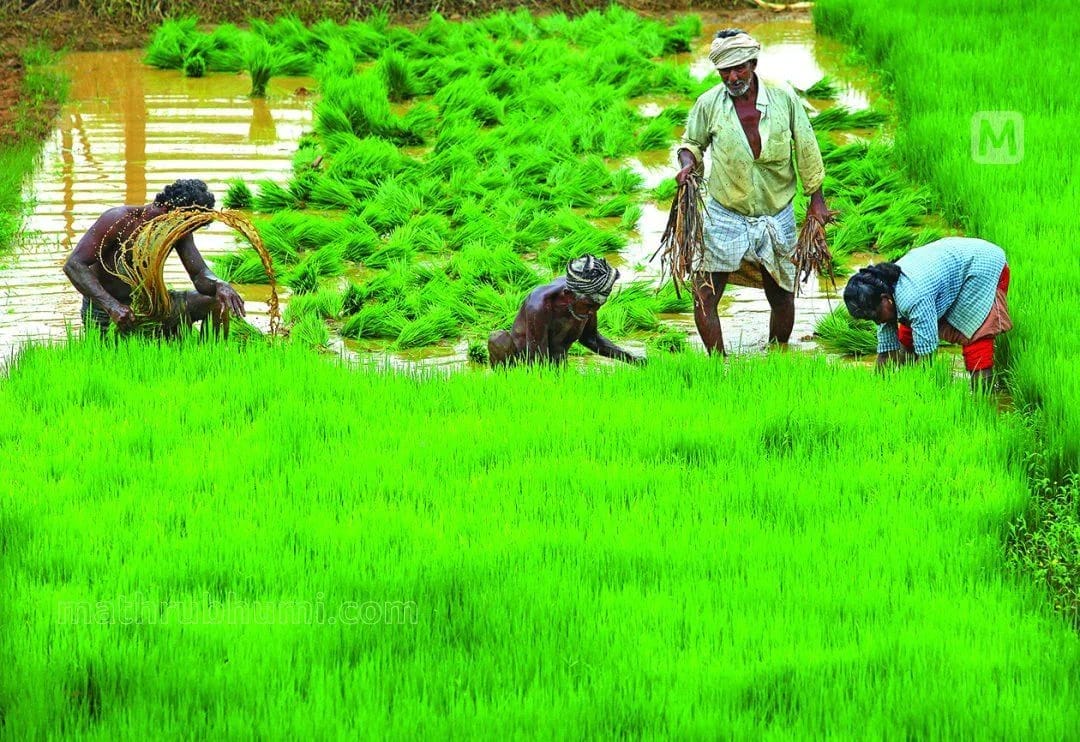
India's agriculture sector also includes livestock, which is a valuable source of income for farmers and a key factor in India's position as the world's leading milk producer. India has the world's largest cattle herd, and its dairy market is one of the most successful in the world. In terms of meat, poultry accounts for over half of the market, with buffalo meat ranking second. we should
Farming in India
The Indian farmer had discovered and begun farming many spices and sugarcane more than 2500 years ago. Did you know that our country is the 2nd largest producer of agricultural products in the world? In fact, agriculture contributes as much as 6.1% (as of 2017) to our Gross Domestic Product (GDP). Let us find out about the different methods adopted by an Indian farmer and how it helps him grow all the variety of crops that we consume and export.
Agricultural Methods of the Indian Farmer
Farming is one of the oldest economic activity in our country. Different regions have different methods of farming. However, all these methods have significantly evolved over the years with changes in weather and climatic conditions, technological innovations and socio-cultural practices. Farming methods prevalent in India can be classified as follows
Primitive Subsistence Farming

This is a primitive farming method and farmers still practice it in some parts of the country. While this type of subsistence farming is typically done on small areas of land, it also uses indigenous tools like a hoe, Dao, digging sticks, etc. Usually, a family or the local community of Indian farmers are engaged in this farming method who use the output for their own consumption. This is the most natural method, where the growth of crops but dependent on the rain, heat, fertility of the soil and other environmental conditions.Thus defined, it includes arable farming, horticulture, animal husbandry and forestry, but horticulture and forestry are in practice often excluded. It may also be broadly decomposed into plant agriculture, which concerns the cultivation of useful plants, and animal agriculture, the production of agricultural animals.
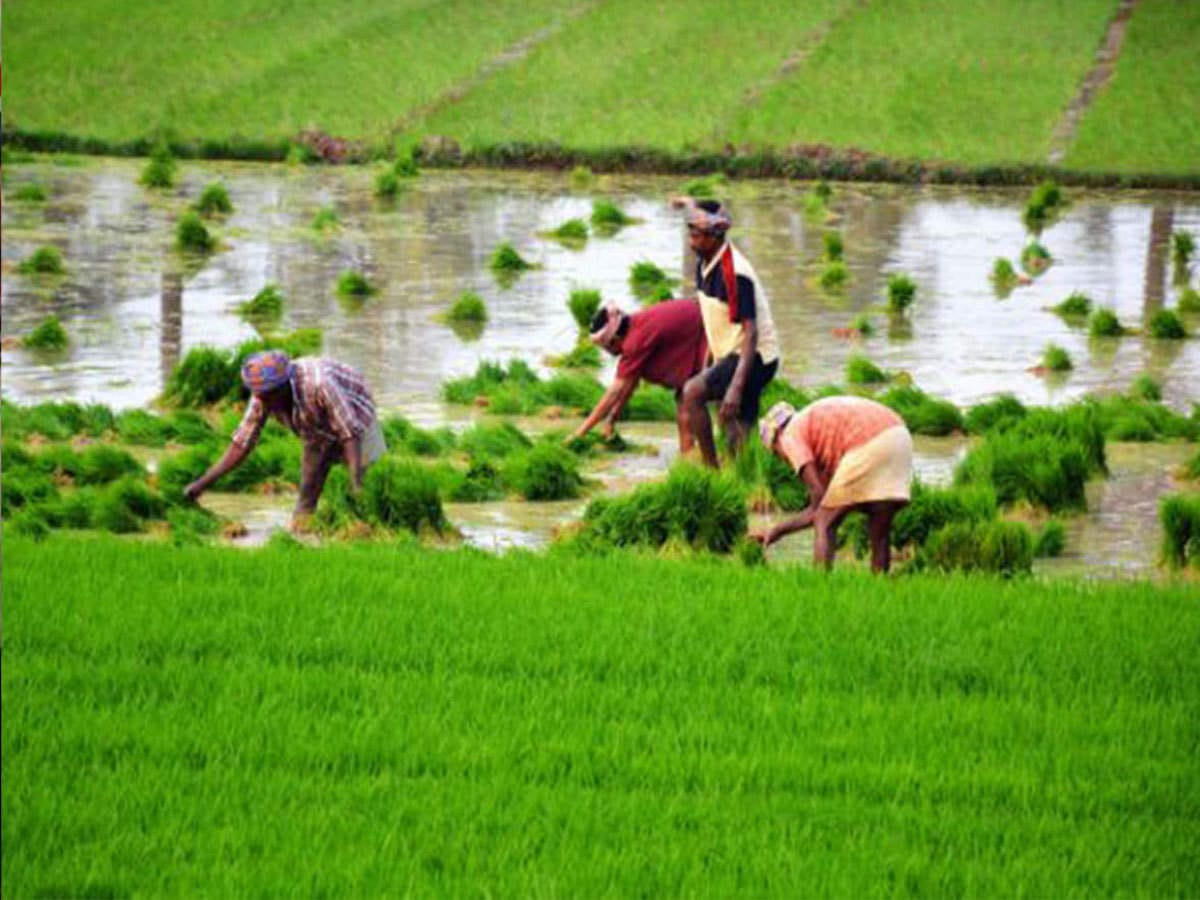
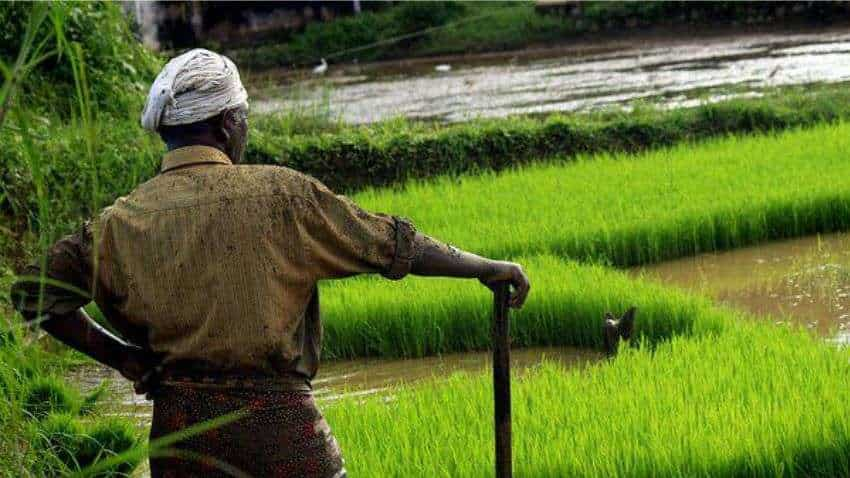
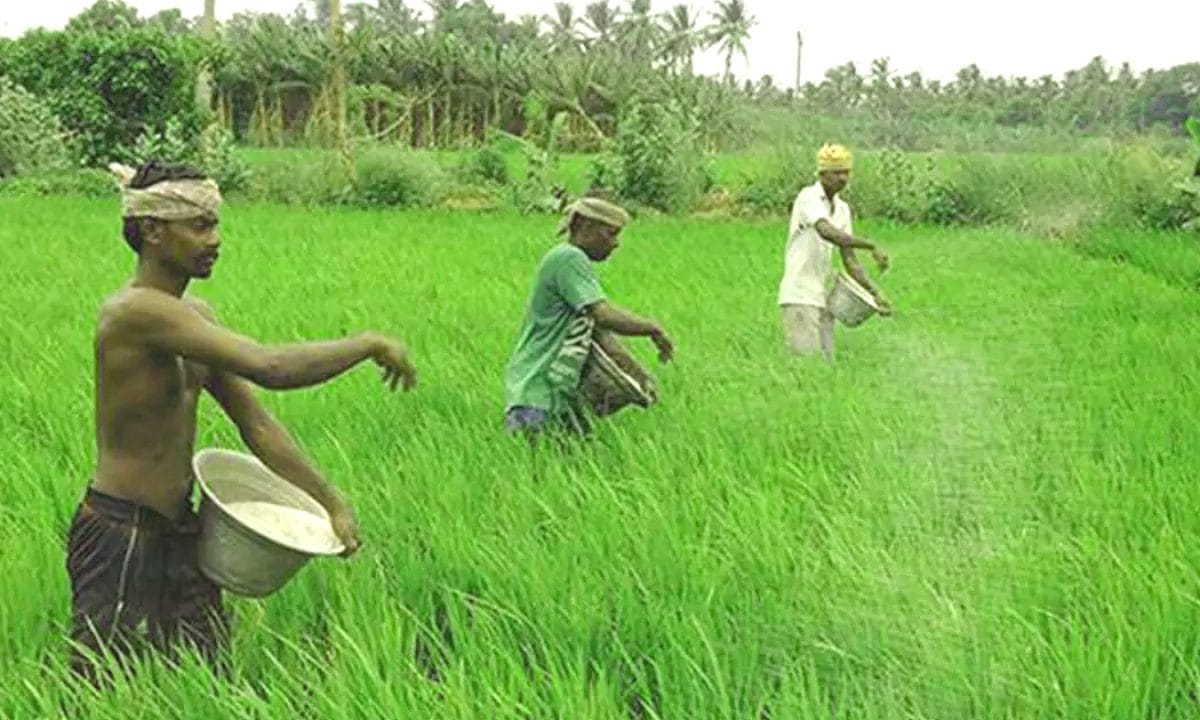
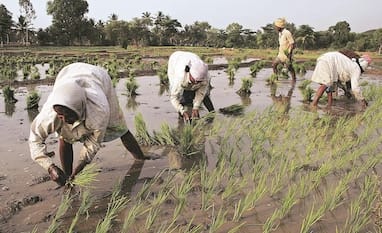
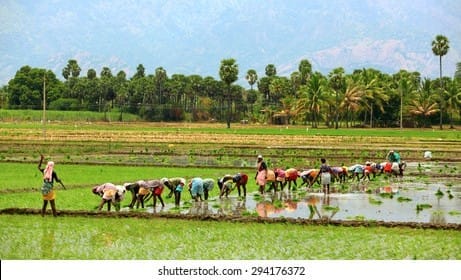
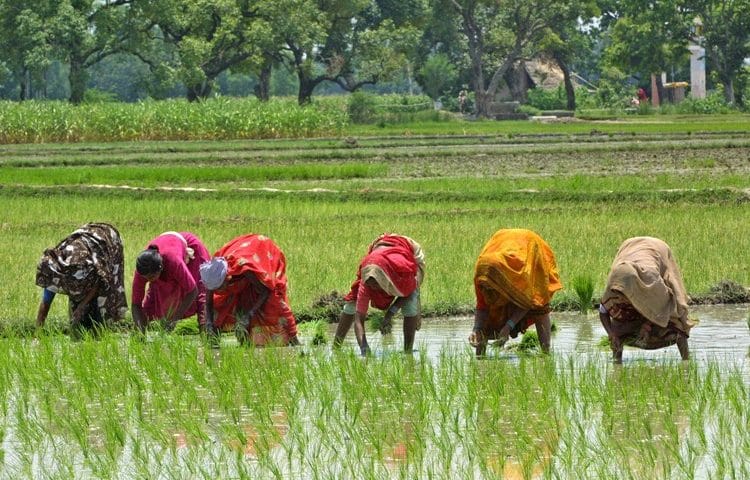
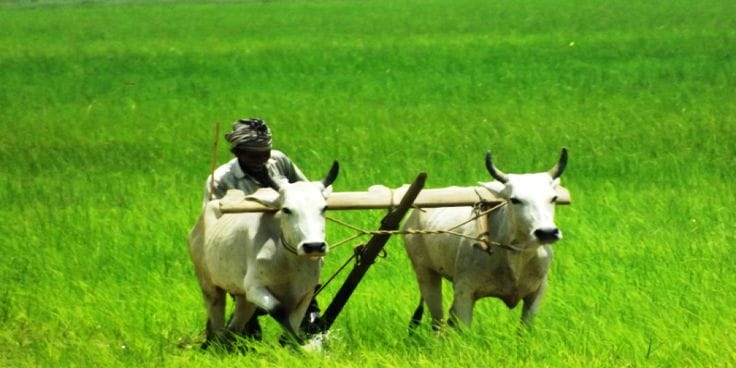
Images taken from Google
